Vultures, also known as buzzards, are labeled as nuisance pest birds, even though they are beneficial to the environment.
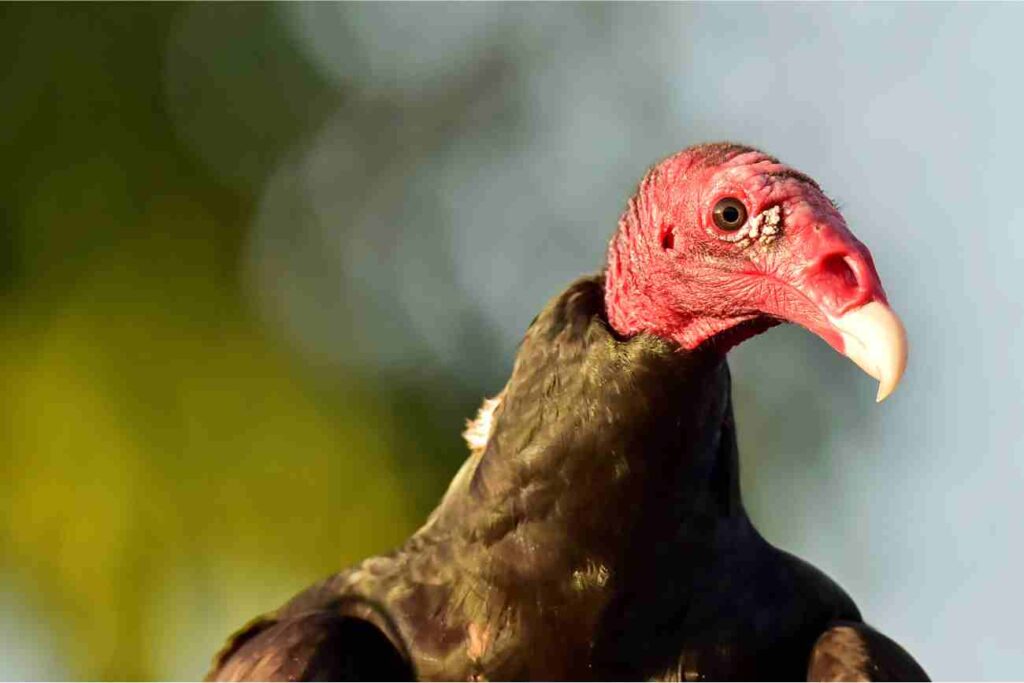
Residents of Myrtle Beach have been dealing with a buzzard infestation for years.
Instinctively, vultures will roost on rooftops, tall trees, chimneys, and other areas that offer high vantage points. Should you decide to visit Myrtle Beach in South Carolina, I bet you’ll spot at least one buzzard… if not hundreds more.
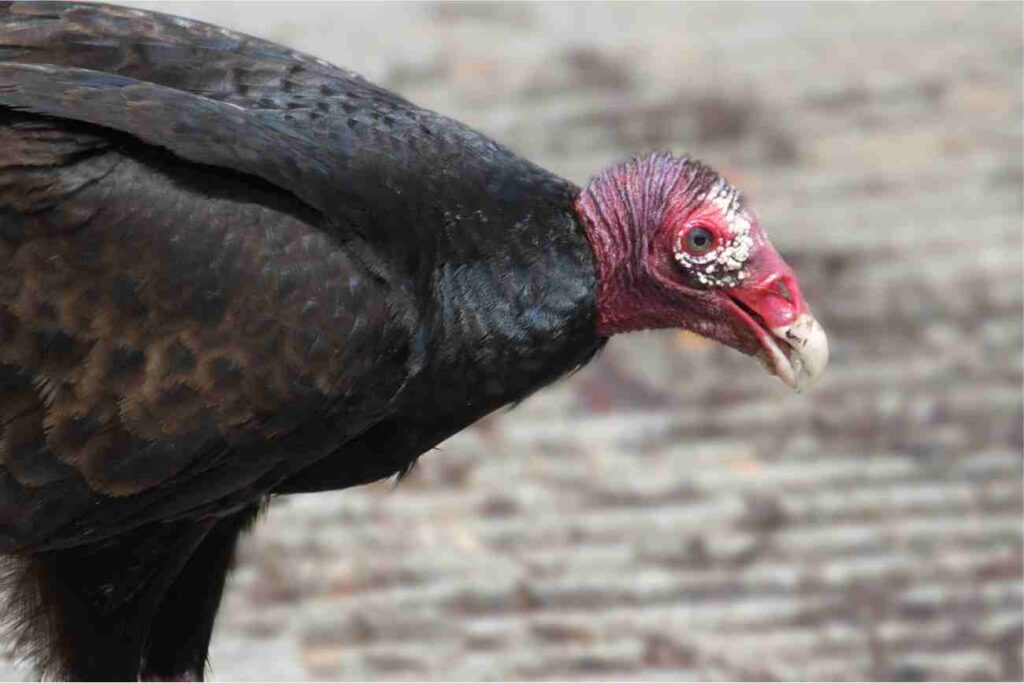
When vultures gather in large numbers, it is true that they can cause damage to properties and structures. Vultures have been known to rip and tear off roof shingles. Their droppings are also highly acidic and corrosive and can stain and deteriorate roofing over time.
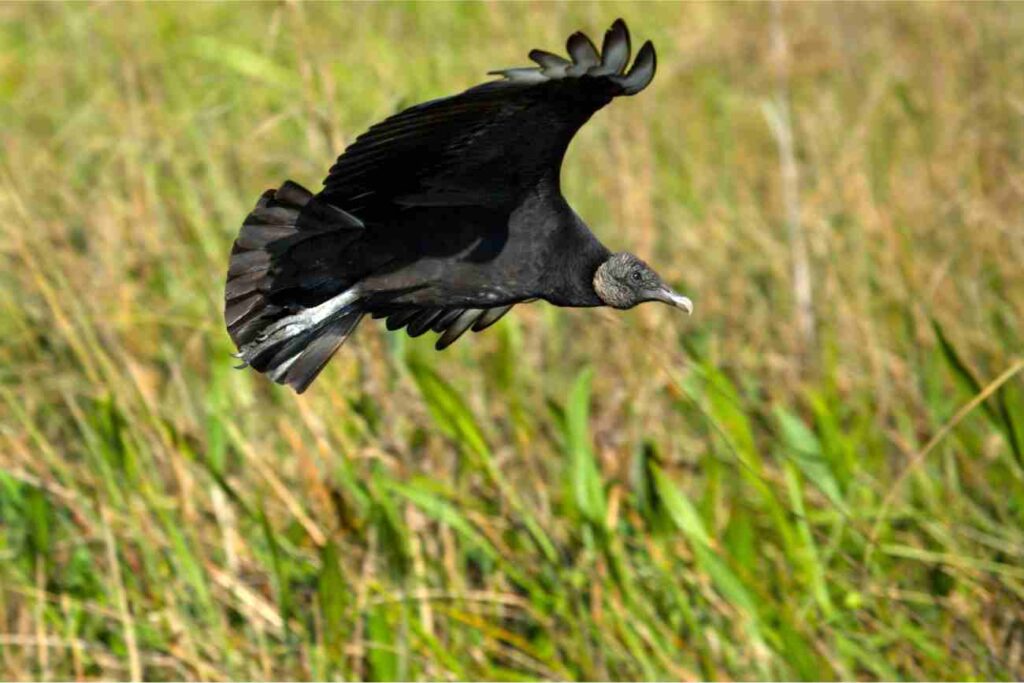
Though it is possible problems could arise, I suspect most people are intimidated and feel fearful around vultures solely because of their appearance. Similar to ravens and crows, a lot of people are afraid of birds.
Ornithophobia, the fear of birds, is a fear shared by many. From lack of exposure, many people find large birds disturbing, discomforting, and otherwise unpleasant… Some spiritual people even view vultures as an omen.
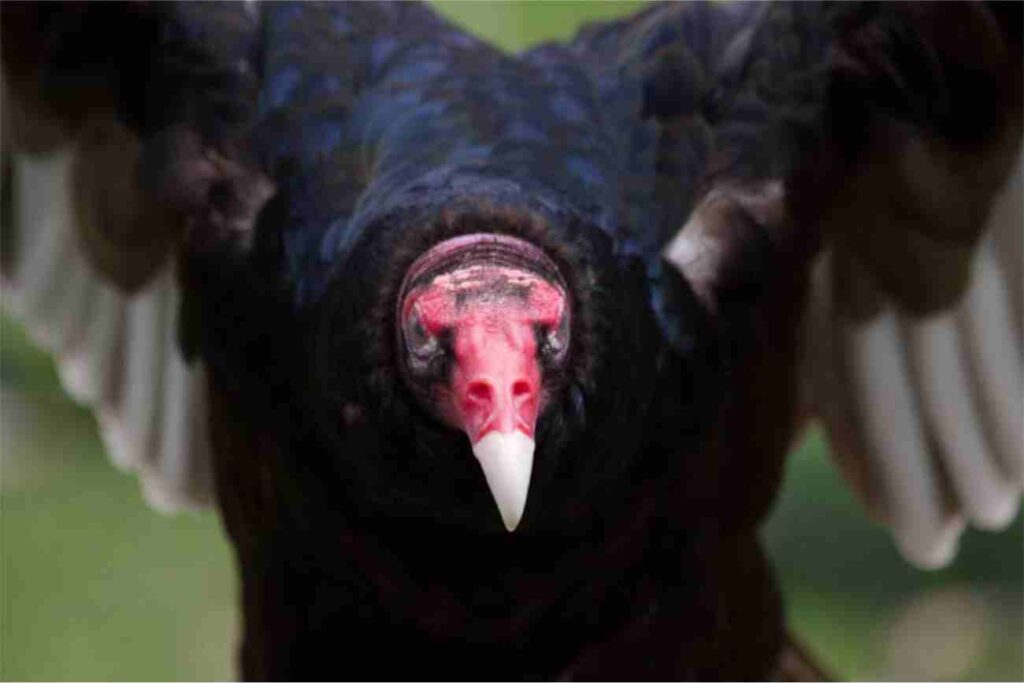
Although they may seem foreign, frightening, and unfamiliar, the truth is that the life of the vulture is closely tied to that of the human.
Vultures have grown highly dependent on human activity and can oftentimes be found roosting near buildings, parks, roads, highways, electrical infrastructure, bridges, and other sections of urban civilization.
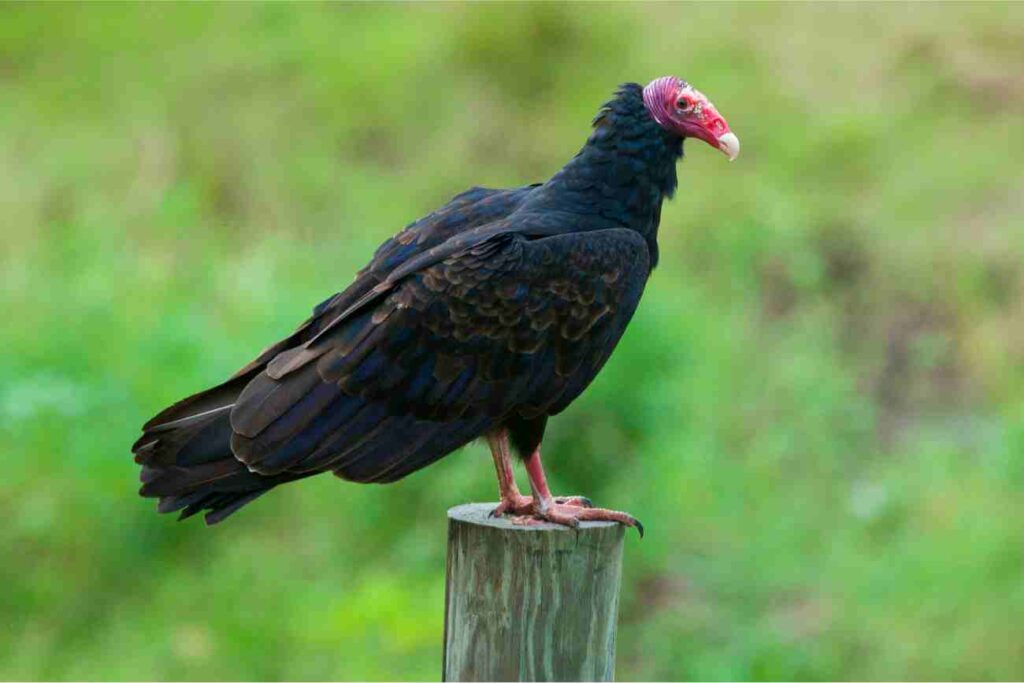
Even if you find these birds off-putting, it is illegal to kill them because they are protected by the Migratory Bird Treaty: one of America’s oldest wildlife protection laws.
After spending 24 hours in Virginia, my family’s road trip continued down south as we made our way to South Carolina where we’d stop by Myrtle Beach.
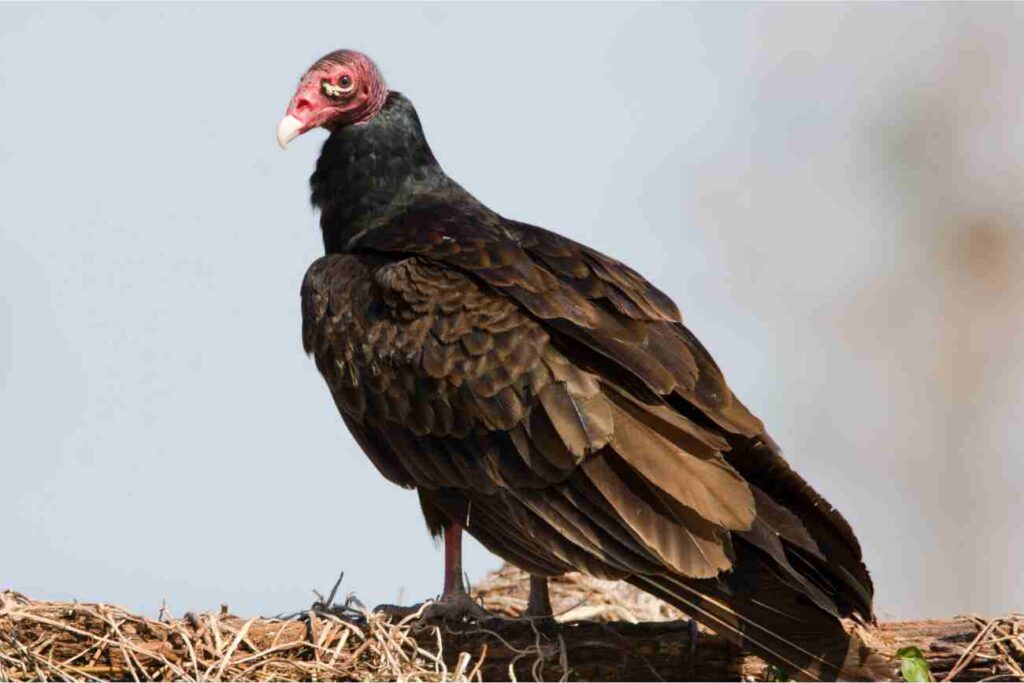
While driving through the city, one detail that caught my eye was the sheer number of large vultures resting on top of the buildings and billboards everywhere we looked.
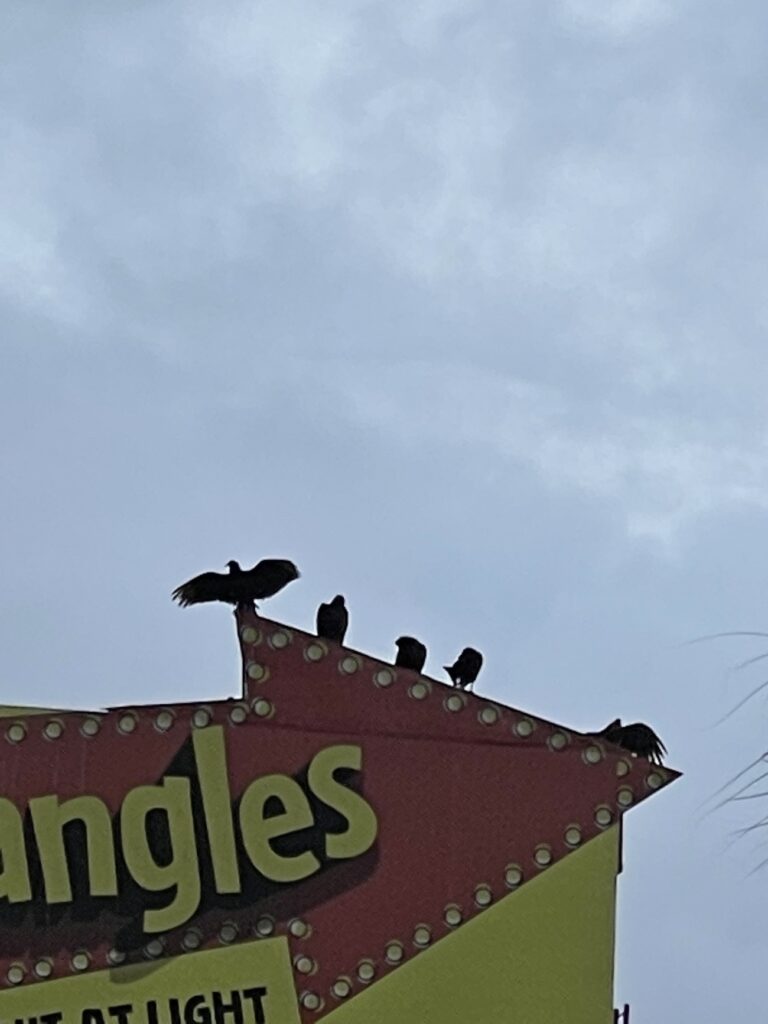
It was so excessive that I suspected they were fake figurines. I thought they were there to scare away other animals (maybe a rat issue in the city?) along the same lines as how farmers put out scarecrows to scare away the crows and other problematic birds. Only in this instance, the “scarecrow” was the bird.
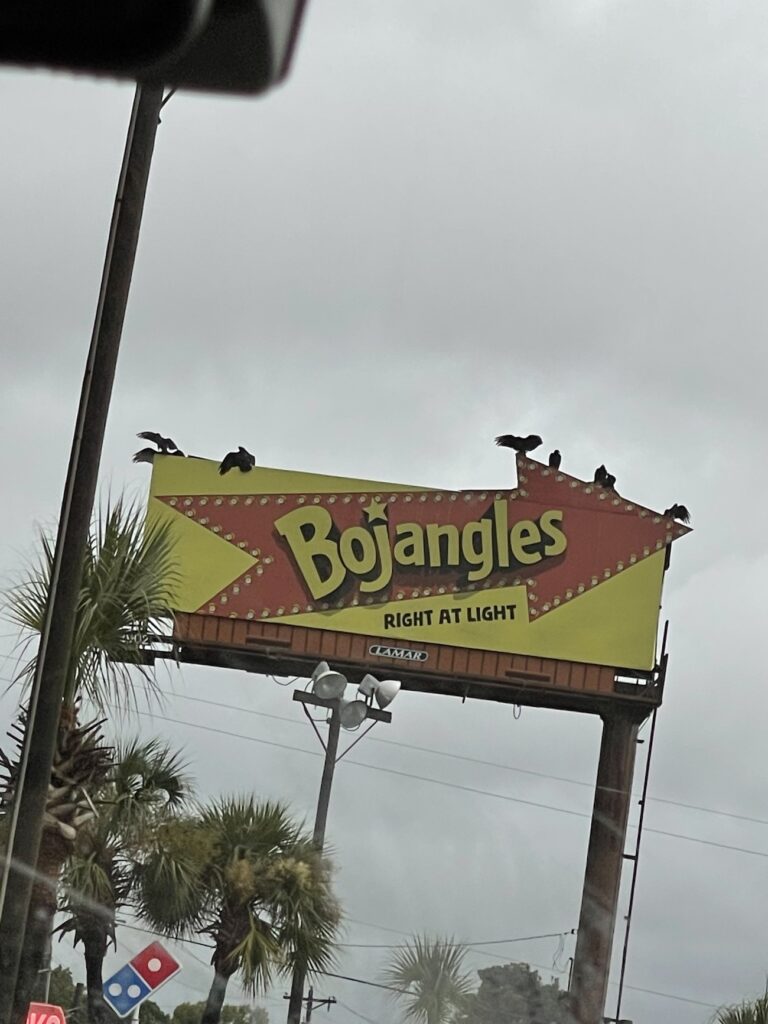
These vultures we saw everywhere were totally still. They were large, dark, and resting without even so much as moving a feather. Some buzzards had their wings fully extended as though they were basking in the sun… only it was a cloudy, foggy, and rainy week when we visited. This made for such an ominous ambiance all around the city.
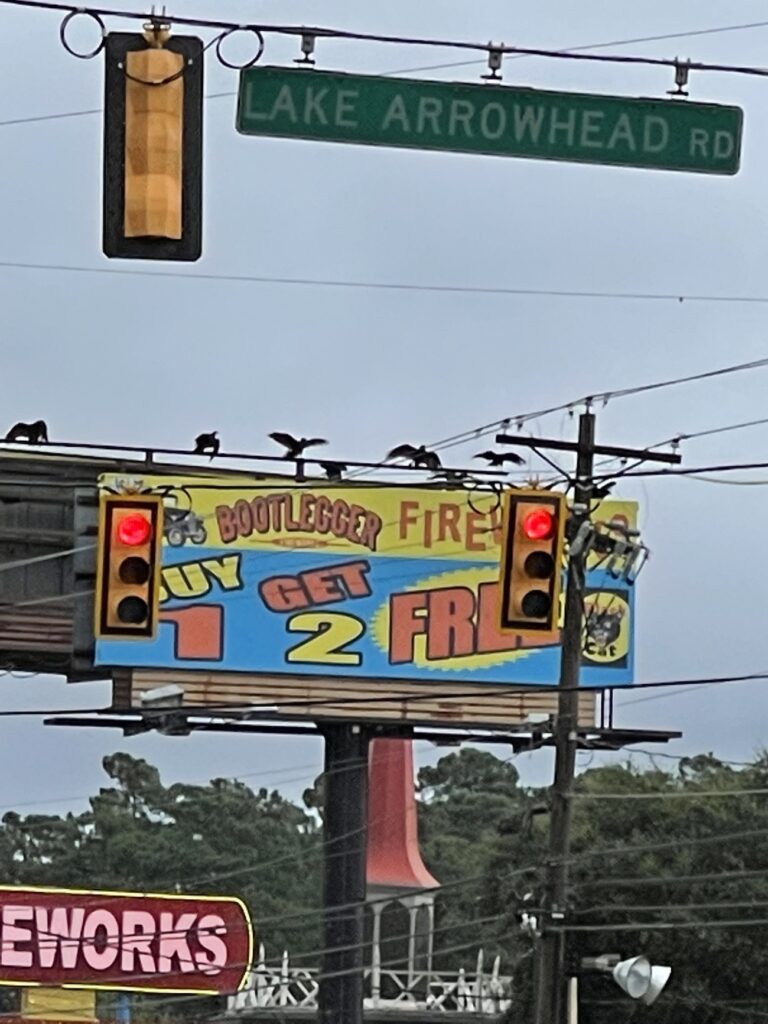
I began to research why there were so many buzzards in South Carolina. I found videos from news websites like this one where residents from the Carolinas talk about the growing issue of vulture populations in the south.
Research has found that vultures prefer to roost near shopping centers in urban areas where they can take advantage of the fine dining options (in the form of discarded trash.) Myrtle Beach has no shortage of restaurants so it must be a total feast for the scavengers.
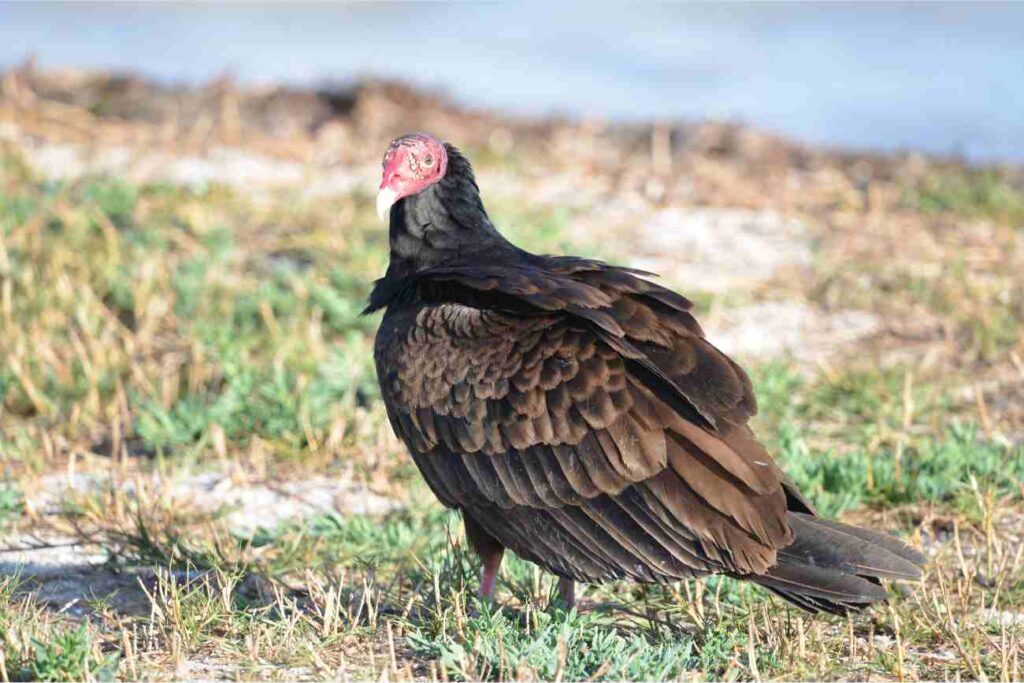
It turns out South Carolina has two types of vultures:
1. Turkey vultures (Cathartes aura)
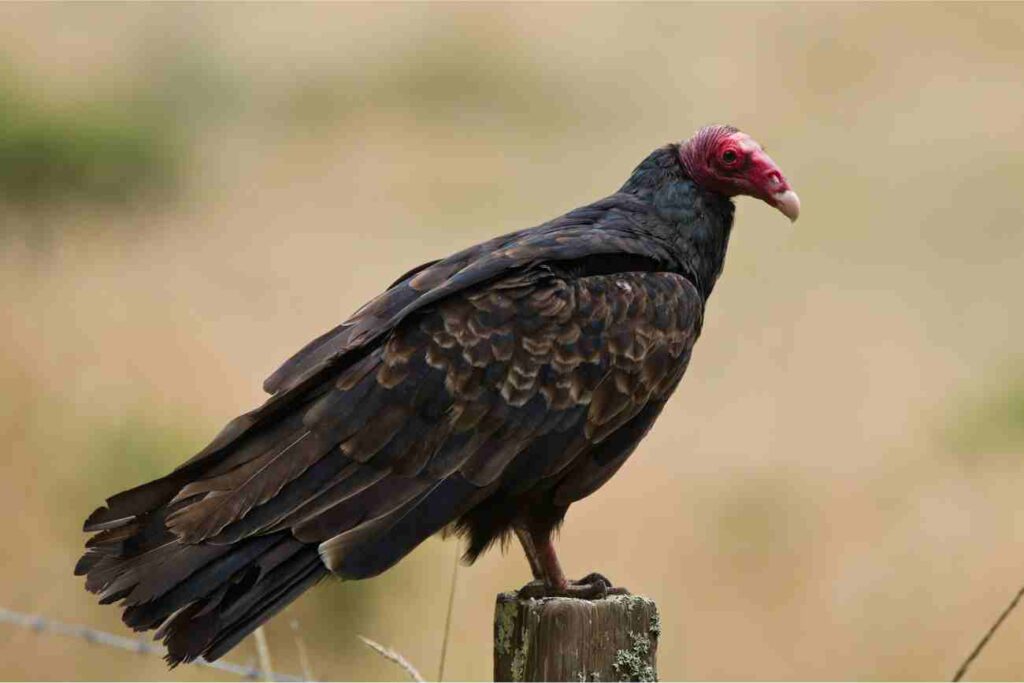
2. Black Vultures (Caragyps atratus)
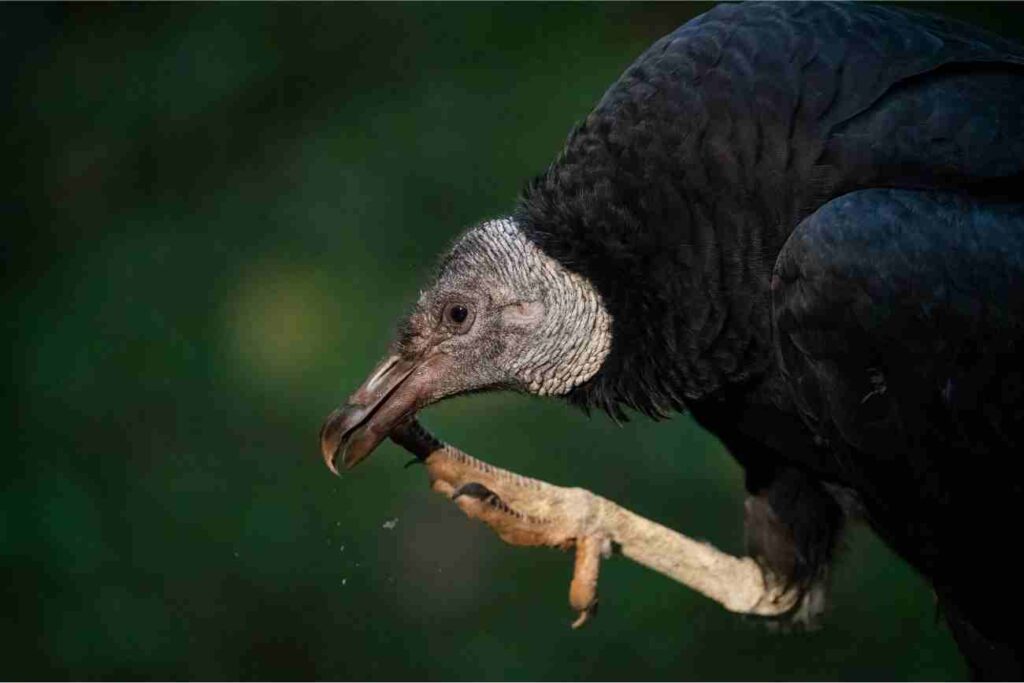
Vultures are incredibly important to the environment because they eat dead animals that most other predators can’t stomach.
Their stomach acids are extra powerful to protect them from nasty illnesses like rabies, botulism, distemper, anthrax, and the Black Plague.
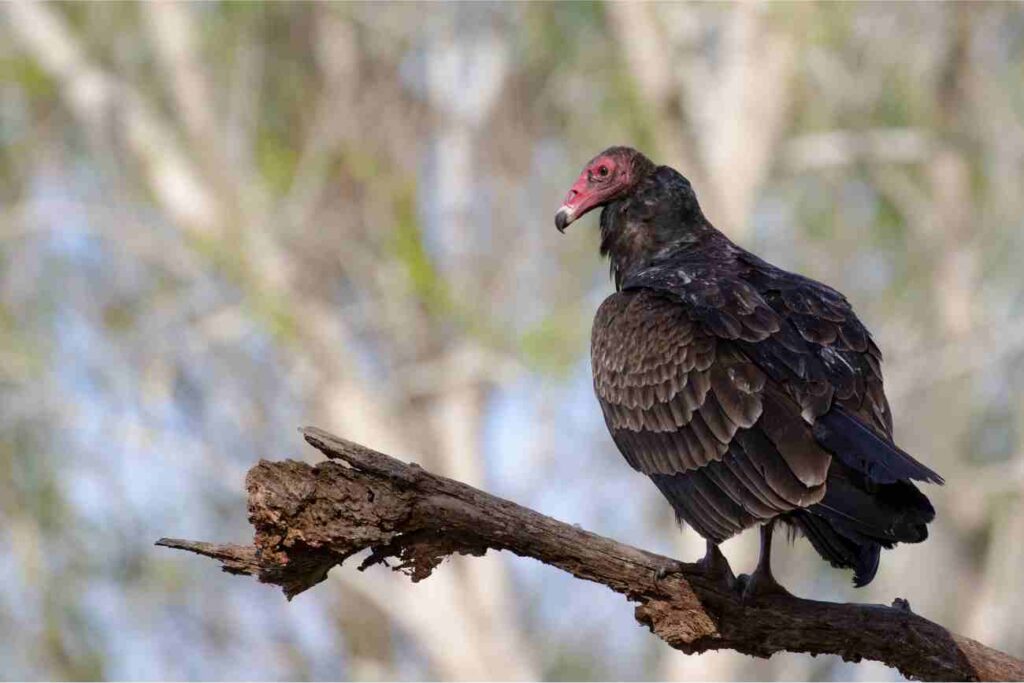
Their unusual featherless faces also serve a real evolutionary function! It’s an adaptation for a life of consuming carrion. Without feathers, it is easier to keep their faces clean when they insert their head into decaying meat.
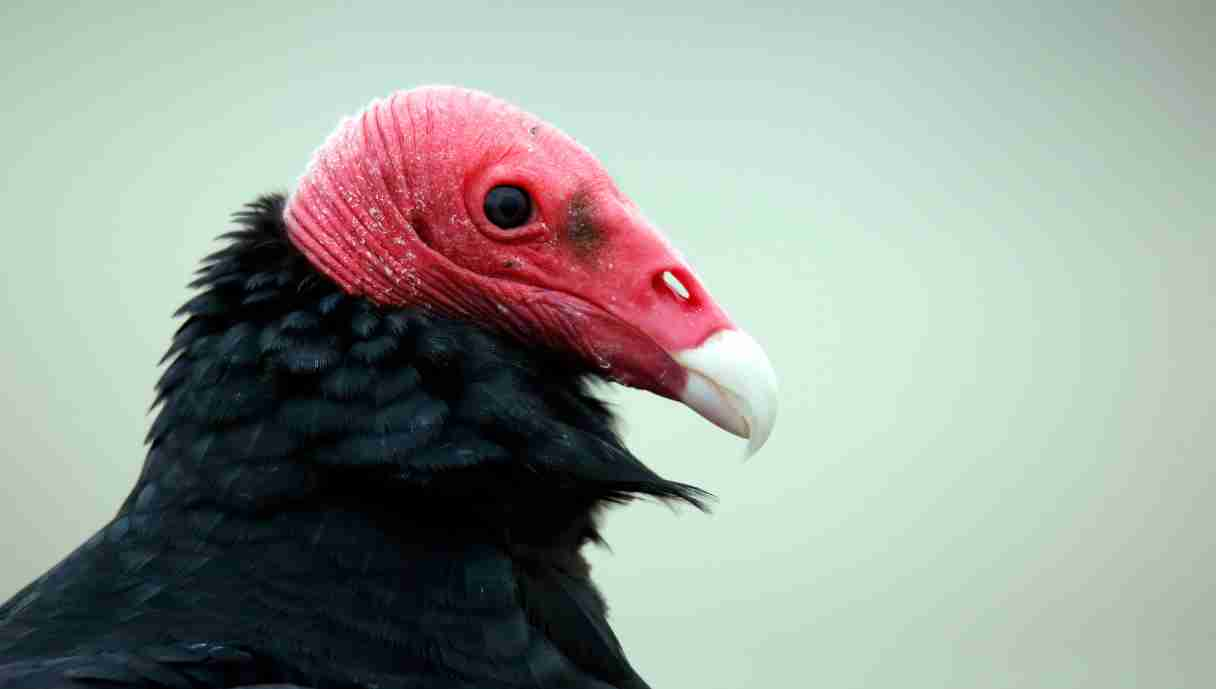
Turkey vultures have a sense of smell so sensitive that they can detect dead meat from 8 miles away. The birds also prefer to eat freshly deceased animals so they always try to locate them as quickly as possible following an animal’s death.
Because these birds sometimes have trouble taking off for flight, when threatened, they are known to projectile vomit in their predator’s face as a defense mechanism. Since vultures consume rotting meat, you can imagine how unpleasant that must be for the unlucky target.
While traveling in South Carolina, I saw both turkey vultures and black vultures all around the city. They are very similar in appearance with only a few key differences.
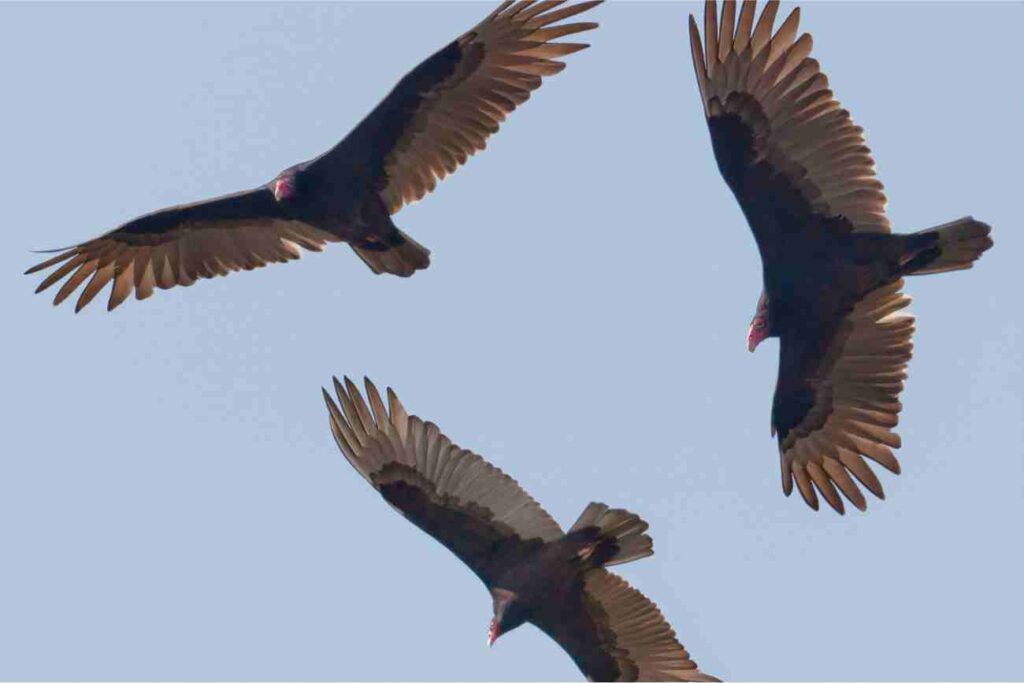
Black vultures have black-colored heads, whereas turkey vultures have red-colored heads. Turkey vultures are longer, lankier, and have many gray feathers on the underside of their wing that are visible from the ground if you spot one in flight. Black vultures only have gray wingtips and their wings in flight are much straighter. The Turkey vultures make a “V” shape when the wings are fully extended.
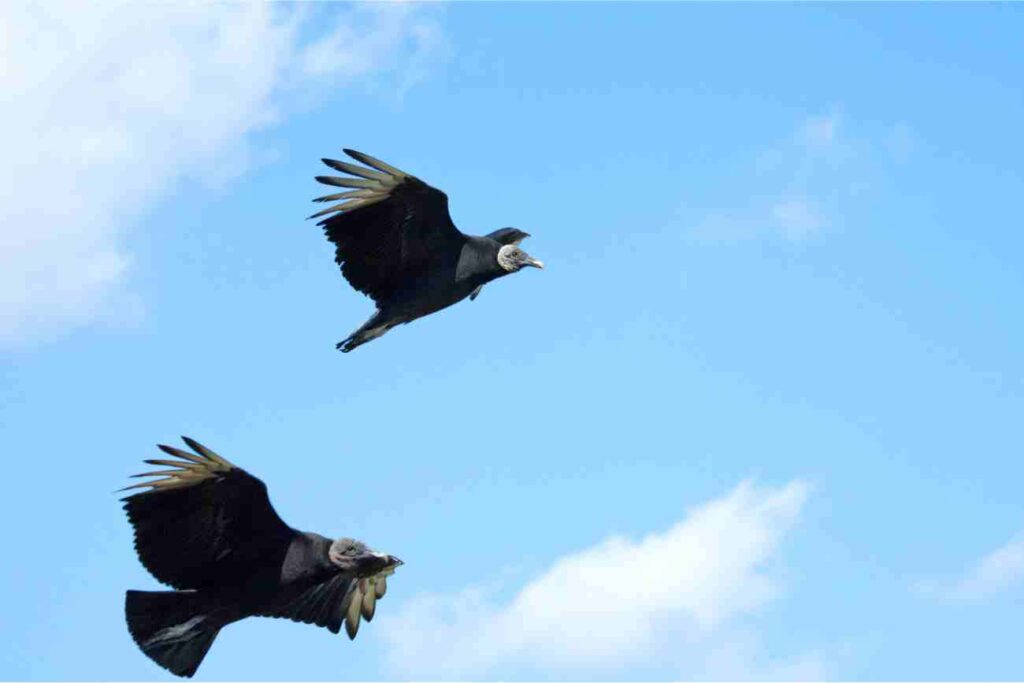
Have you ever seen a bunch of vultures in one place? How did you feel when you were around them?
I hope this post opened your eyes to the possibility that they aren’t as threatening or as scary as they may look at first glance.
The next time you visit Myrtle Beach, let us know in the comments if you see any vultures! I’m predicting the buzzard populations will only grow larger over time.



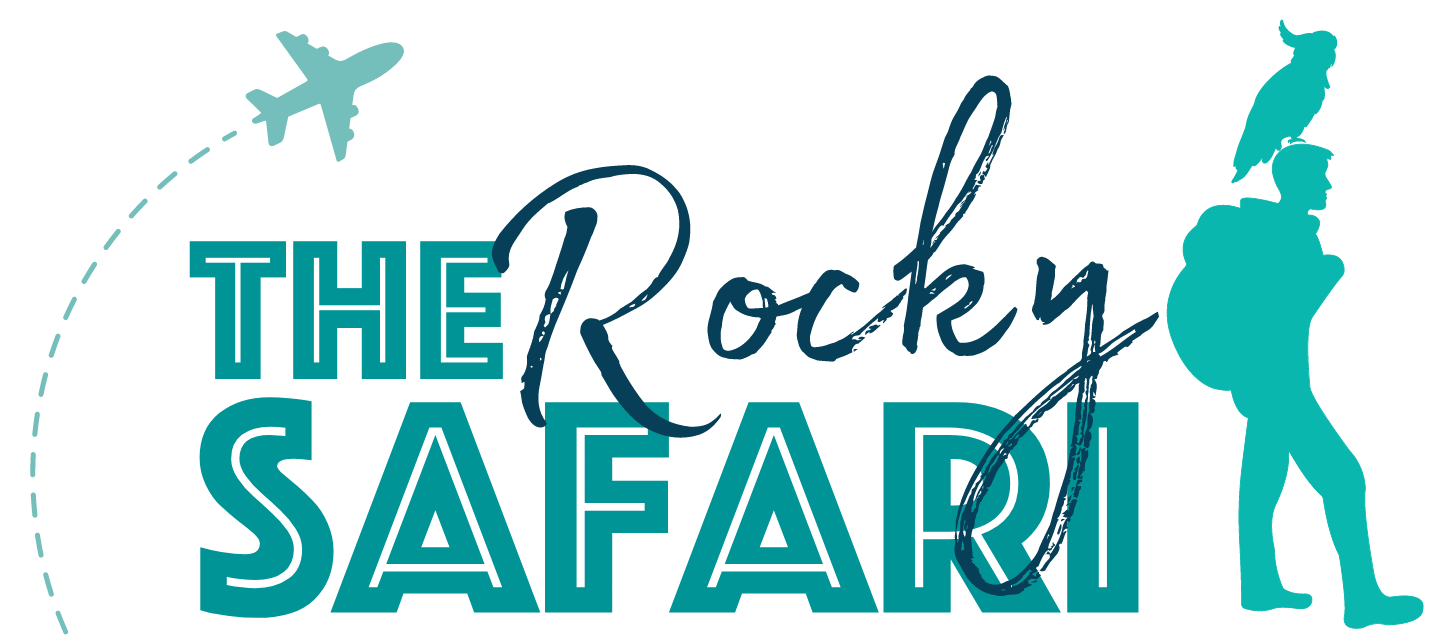
Portland has a large crow population. They spend their days in the suburbs doing crow things and fly into the city each night to roost. Apparently the attraction is our large urban tree canopy paired with all the warmth caused by the “radiation” a city puts off. Hooray, us!
But the sky literally darkens from the density of the nightly crow migration. And the noise!
But I think a large buzzard population would be an entirely different thing!
Yeah, it’s definitely an ominous sight if it’s not something you’re used to. I’m a little more used to seeing the crows myself and even that can be off-putting if you don’t have an appreciation for them.
They are little mischief makers! They like to sit on the tops of buildings and drop pebbles over the edge. A lot of fun to watch people caught unawares when one hits a piece of glass or metal just right after falling 9 floors. 🤭
Hahaha they’re too smart for their own good! They really are a brilliant species, and most people have no clue! The irony.
I feel like I’ve seen a lot of vultures lately in the last couple of years. Where are they coming from?? Haha. As long as they clean up the roadkill I don’t care really.
It’s so peculiar. I wish I had a better explanation as to WHY hahaha. At least they are beneficial to the ecosystem!